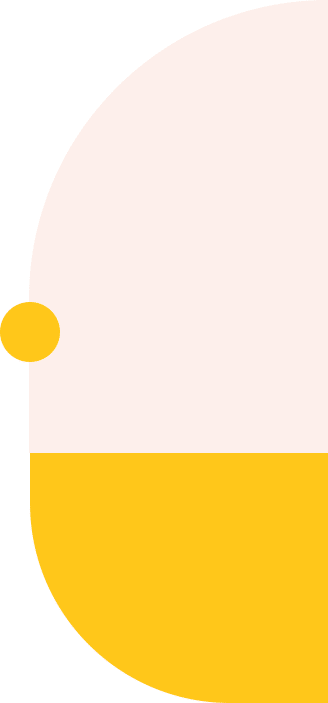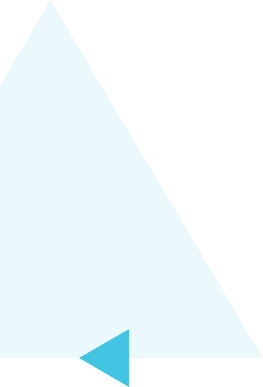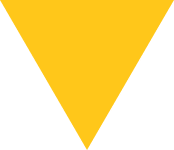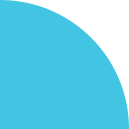Let's return to the fundamental grid pattern, but this time, we'll shift our focus to the verbs rather than the nouns. The chart uses words and symbols to represent time: Past~, Present~,Future~. The left side of the chart indicates the verb type. Simple signifies verbs that complete in a single action. Duo links an action or situation to a past moment, requiring two events. Duo symbols are Past~~, Present~., Future~~ (known as perfect tenses). Unreal Duo also needs two events, but its symbols are Past<<, Present<, Futuret>~. These events don't occur because they're contrary to reality (referred to as subjunctive conditional). Detailed coverage of these concepts is in upcoming chapters.
Verb To Be

The verb "to be" functions like an equal sign. Tom equals golfer. Nouns take the emphasis. With pronouns instead of nouns, the stress shifts to the verb. Listen to the audio for stress patterns: Tom is a golfer. He is one. Pay attention to the pronunciation.

Both nouns and pronouns are important, but pronouns are used more often. It's crucial to know these patterns so you can understand the subject-verb-object (SVO) structure.
 Now, let's examine various grammatical persons and observe how the verb alters. This process is known as conjugating. You only require three words: is, am, are.
Now, let's examine various grammatical persons and observe how the verb alters. This process is known as conjugating. You only require three words: is, am, are.
The Simple Present - Now
Listen to the audio and repeat until you've become proficient in reproducing the sounds and rhythms.

The Verb To Be - Is or Are
These sentences adhere to the subject-verb-object structure. Complete the blanks with "is" or "are." Then, listen to the audio, focusing on the intonation.
His hands are small. hiz hænzer smäll.
1. Tom a golfer. tämizə gälfr.
2. The car new. tha cäriz new.
3. The kids at school. tha kidzerat skool.
4. This hat on my head. this hædizän my hed.
5. Those dishes in the sink. thoz dish'zerin the sink.
6. One watch enough. wan wätchiza nuff.
7. My shoes green and red. my shoozer gree nän red.
8. Those ideas interesting. tho zy dee(y)əzer intresting.
9. Some people helpful. sam peepler helpfəl.
10. That plan good. that plæniz güd.
11. Not all jokes funny. nädäll jokser funny.
12. Most computers Pcs most c'mpyoodrzer pee ceez.
13. Many cell phones small. meny cell phonzer smäll.
14. The submarine underwater. the səbməree nizander wäder.
15. My friends in the back seat. my frenzerin the bæck seet.




